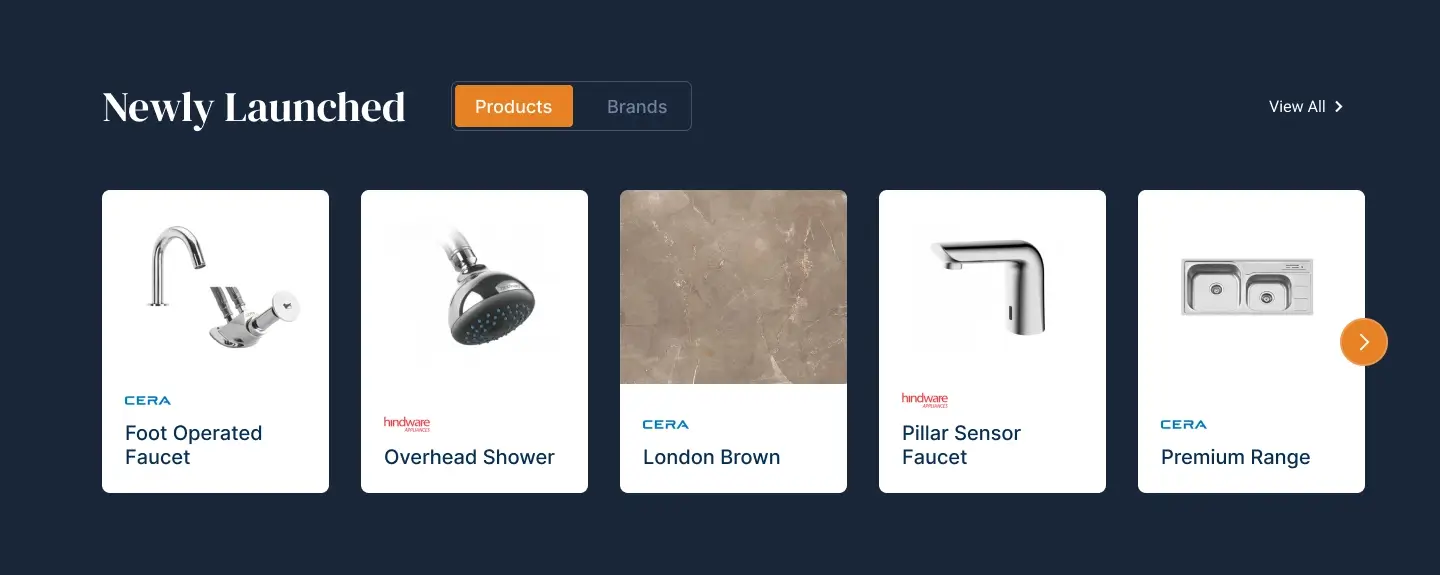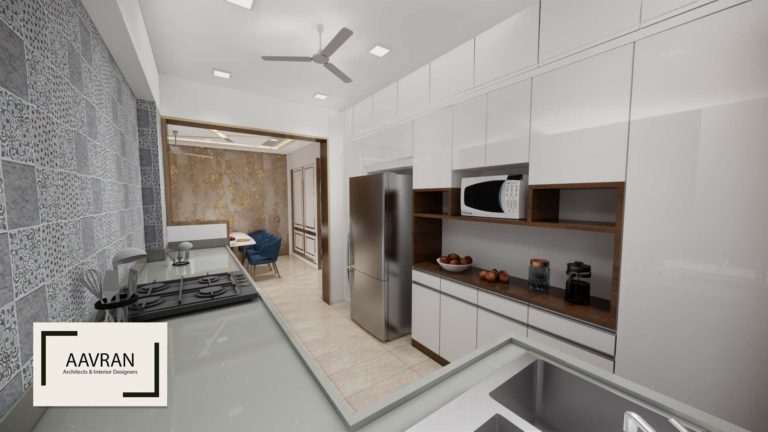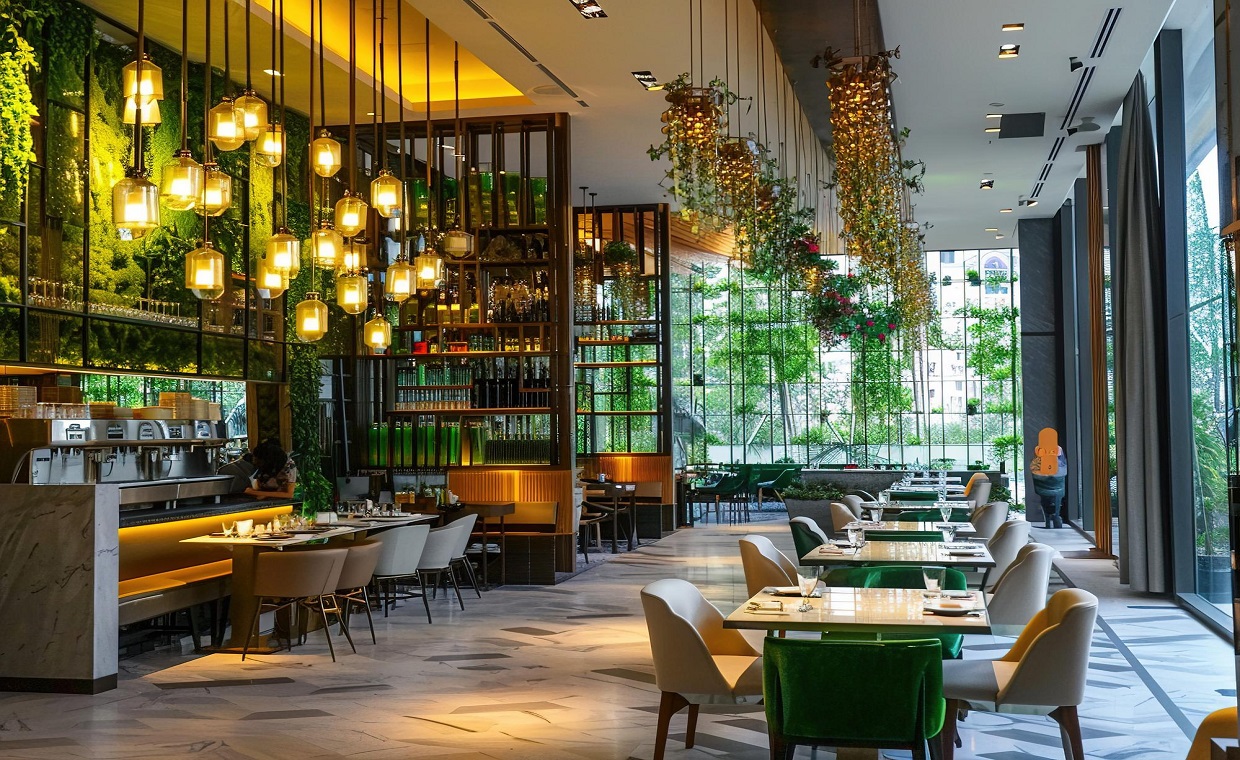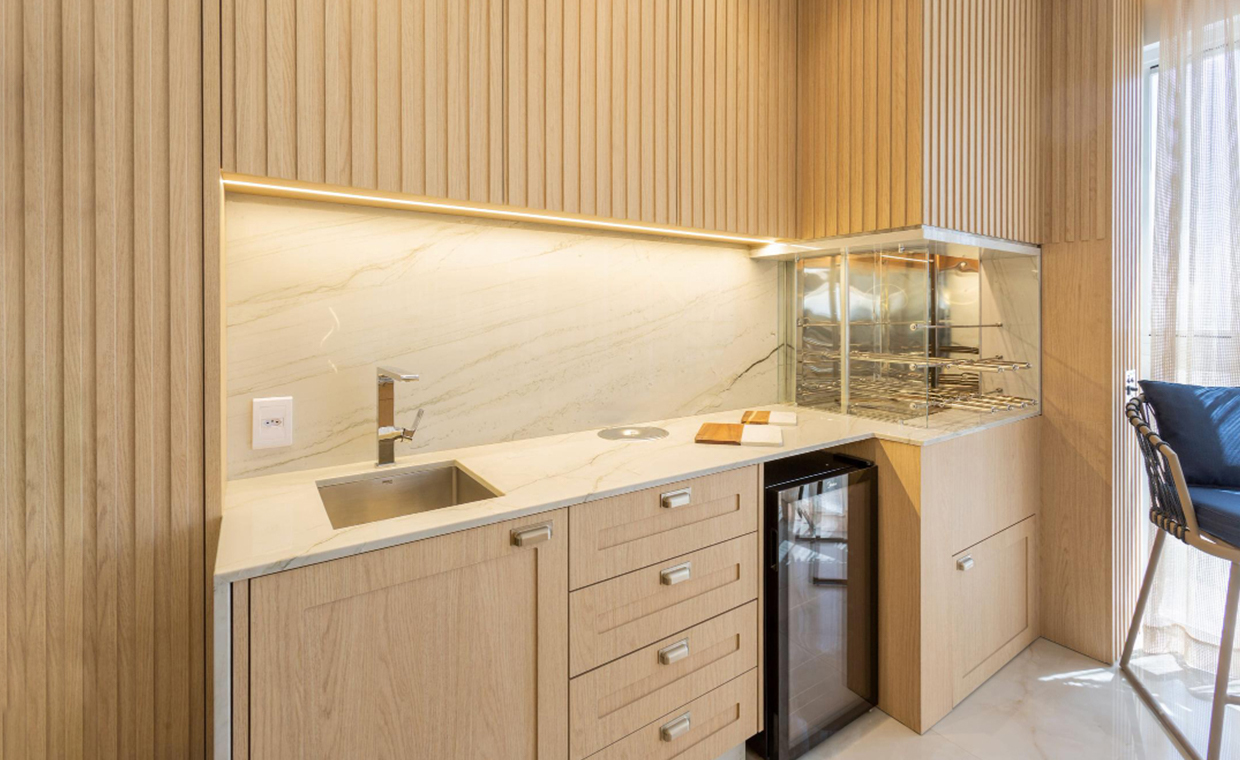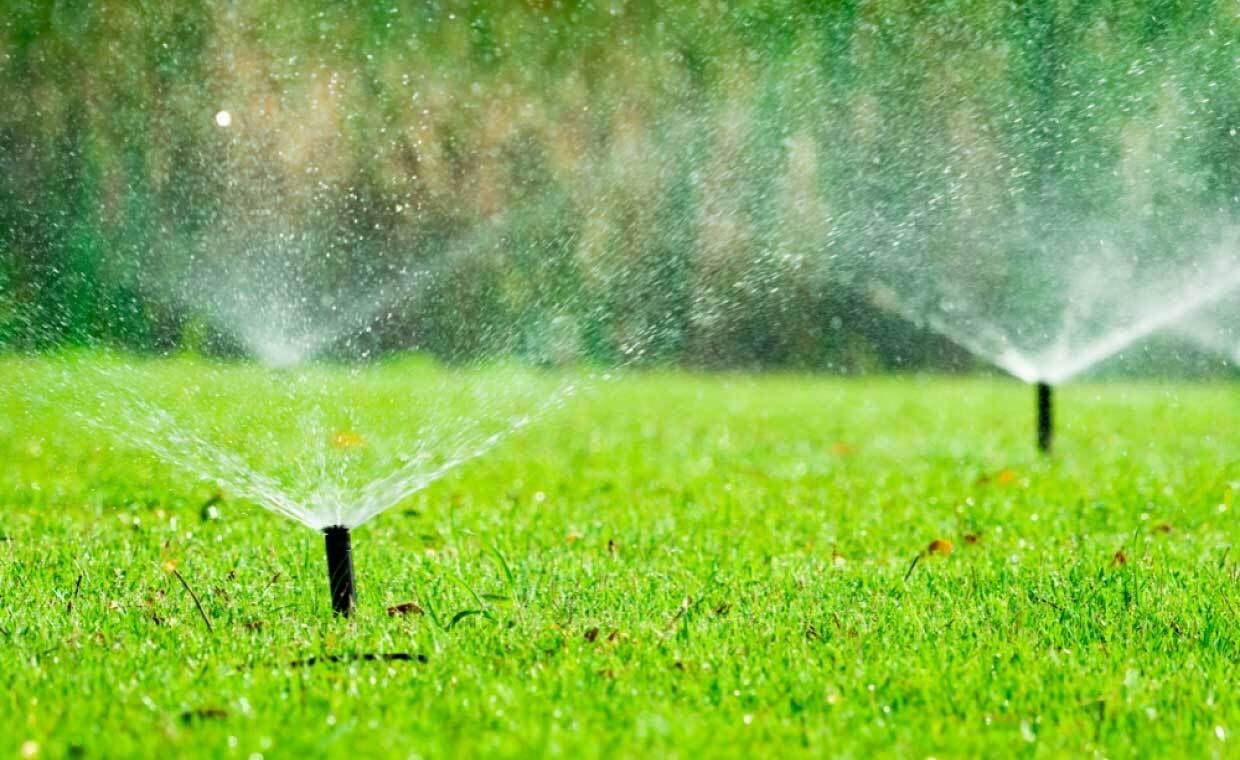
Table of Contents
Landscape irrigation is a vital component in developing picturesque, flowering landscapes. Whether you develop a lush garden, plant new lawns, or introduce living greens to the outdoor space, you cannot overemphasize the significance of good irrigation. It is the pillars that sustain landscape design and make it come alive and thrive.
This article covers the significance of irrigation, promoting various components of landscape designing, various irrigation systems, and advantages of integrating efficient irrigation systems with landscape design.
The Contribution of Irrigation to Landscape Well-Being

It is simple to assume that plants and grass will grow naturally when they are open to elements. Efficient irrigation systems with varied climate zones becomes a priority. Era and extreme weather can accentuate the system and stop it from thriving. Thus, it is helpful to adjust the irrigation system to adjust the proportion of water distribution and to make the landscape receive food without wasted or valuable resources.
With irrigation, some plants can end up being watered too much while other plants end up not being watered enough. With time, the imbalance causes uneven growth, unsightly plants, and even produce. A proper thought-out irrigation system can prevent these issues by ensuring regular supply of water and simulating the natural rain pattern needed for your garden.
How irrigation enhances landscape design?
Irrigation not only serves a functional purpose to hydrate, but also functions when keeping the whole garden look and design intact. A properly designed irrigation system allows the water to spread evenly over all the landscapes.
Garden beds, lawns or large outdoor spaces:
In planning your garden, aesthetic balance is essential. When a portion of your garden receives too much or too little water, it yields visible spots from sick plants and dry spots. Appropriate irrigation systems, including drip irrigation and sprinkler systems, provide even cover and nourish the greenery and schwaub of flowers and plants.
Within the landscape:
Garden designs feature plants with different water requirements, from drought-tolerant succulents to thirsty plants and trees. A well-thought-out irrigation plan enables you to adjust your distribution volume to particular needs of each type of system, making a healthier and more attractive overall garden. Adelaide landscaping firms advise installing smart irrigation controllers that automatically adjust water levels according to climate and system needs. – Types of irrigation systems and how they work
Let’s examine the most popular and how it can be a great boon in garden design.
1. Sprinkler System

A sprinkler system that is perfect for big yards and grasses, and can cover a broad area of lands effectively. They deliver water into the spray, similar to rain. Present-day sprinklers can schedule particular times, intervals, and quantities of water. This serves to conserve water and prevent monitoring.
2. Drip Irrigation

Drip irrigation is highly effective for garden beds and sensitive or small plant areas. It is best for precise irrigation areas because it eliminates drainage and water evaporation.
3. Soaker Hose

Stain hoses are also a good choice for small beds and rooms where aquatic plants are minimal. They gradually absorb the water in the hose and deliver water to the soil. It is also perfect for most homeowners to manage water usage, lower waste, and lower eco-friendly alternatives.
4. Smart Irrigation System

Smart irrigation systems are able to link with telephones and home automation systems, with irrigation schedules being modified according to weather to ensure that the landscape has the proper water levels at all times.
For Landscape Irrigation Design

A properly planned landscape irrigation system provides advantages from enhancing plant growth to conserving water.
1. Water Protection
The most significant benefit of landscape irrigation systems is that they conserve water efficiently. Having a maintained, contemporary system can allow one to save water. For instance, drip irrigation systems are just root systems of water systems, therefore no evaporation or drainage is unnecessary.
2. Save Money
A good irrigation system will pay in the long run by getting a portion of water accordingly. Unrealistic plants that are underwater or overwhelming may cause stock exchanges.
3. Time – Repayment
Automatic irrigation requires less hassle and is more convenient if you possess a big garden or lawn. Automatic irrigation saves so much time and lets you have more time to enjoy instead of spending it on your outdoor space. An intelligent system does not require you to turn it on and off. The system will do everything for you.
Conclusion
The use of careful irrigation planning in landscape design is not just luxury, but garden health, beauty and sustainability. Based on your plant requirements, options for available irrigation systems, and knowledge of meetings, you can make a green decision that will be a lovely outdoor space that will become a post-season. If you are embarking on a new Adelaide landscape building project or garden design, it is advisable to consult an expert to make sure that your irrigation system is designed for your requirements.
Also Read: How to Water Raised Garden Beds Efficiently Without Drip Irrigation?





